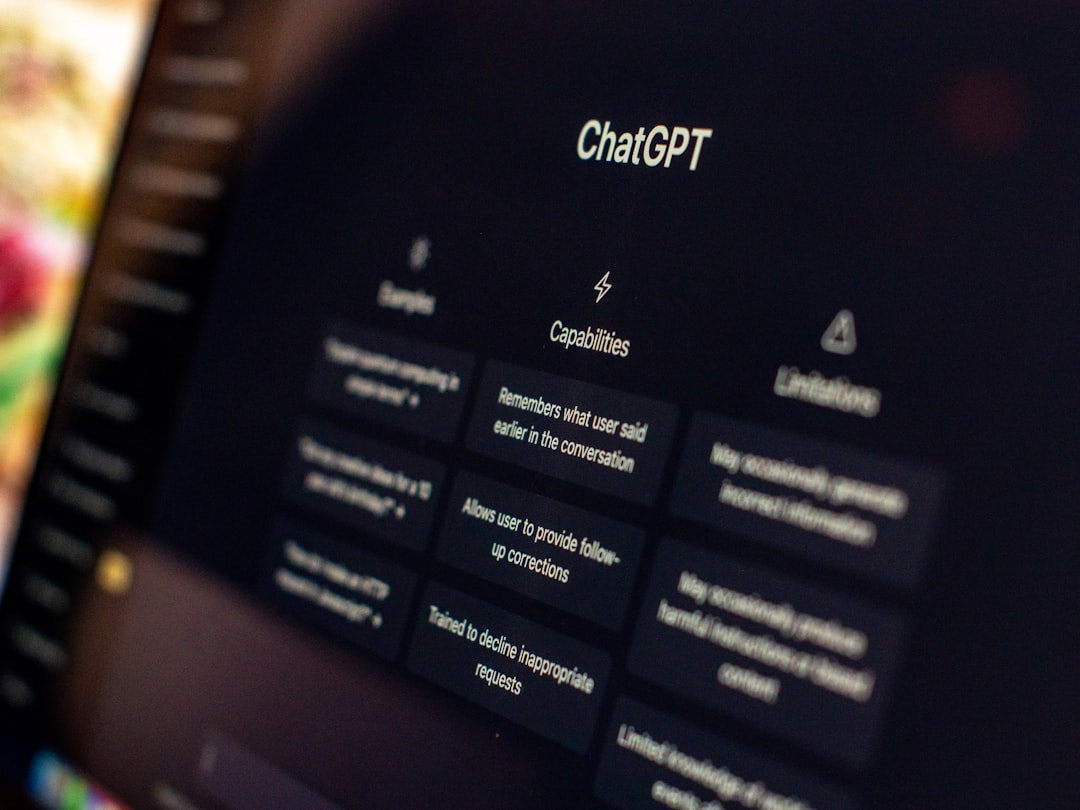In the ever-evolving landscape of content creation, the writing process is undergoing a transformation. Traditional teams consisting of writers, project managers (PMs), and editors are now being augmented—or even partially replaced—by artificial intelligence. One of the most innovative and promising developments in this arena is AI pair writing: a collaborative approach that leverages the strengths of a human project manager, a skilled editor, and a sophisticated language model working in tandem to streamline and enhance the writing process.
This concept breaks away from the one-writer model and introduces a dynamic collaboration that not only speeds up content production but also dramatically increases quality and consistency. At the heart of the AI pair writing process lies a robust synergy among three roles: the PM, the editor, and the AI model.
The Trio Behind AI Pair Writing
To appreciate the concept, let’s break down the responsibilities and interaction between each component involved in AI pair writing.
- Project Manager (PM): In this framework, the PM serves as the strategic lead who defines the goals, audience, tone, scope, and structure of the piece. The PM ensures the alignment of the content with business goals and manages the flow of information between the team and stakeholders.
- Editor: Rather than waiting for a near-final draft, the editor now engages earlier in the process. They ensure clarity, coherence, consistency in tone, and factual accuracy. Editors play a key role in shaping the initial prompts for the AI model and refining its outputs in real-time.
- AI Model: The generative language model, such as GPT-4, acts as the “writer.” Given the right context and instructions, the AI can craft well-structured, grammatically sound, and audience-tailored content, boosting productivity for the human team.
How AI Pair Writing Works
At its core, AI pair writing uses a co-creation loop. Here’s an example workflow in a medium to large content team:
- The PM outlines objectives, key messages, and intended tone in a content brief.
- The editor translates the brief into a prompt or set of structured instructions for the AI.
- The AI model generates a draft section or full article, depending on the task.
- The editor evaluates AI output, makes adjustments, and may re-prompt the model for optimization or additional content.
- The PM signs off once the piece meets all standards and company objectives.
This dynamic loop allows teams to iterate rapidly, bringing ideas from conception to publication faster than ever before.

What Makes This Paradigm Powerful?
AI pair writing goes beyond merely using AI as an assistant—it elevates AI to a full co-creator role within a carefully managed framework. The benefits of this approach are wide-ranging:
1. Better Alignment with Goals
Because the PM is involved from the start, each article or piece of content remains anchored in specific business objectives. Whether that means increasing conversions, enhancing SEO, or bolstering brand voice, everything is executed with intention.
2. Higher Quality at Scale
The editor’s real-time involvement in shaping AI outputs means potential issues are identified and resolved quickly. This partnership can result in higher quality content than either humans or models could produce in isolation, especially at scale.
3. Efficient Use of Time
With the AI creating first drafts or expanding outlines, the time previously spent on constructing the fundamentals of an article can now be used more strategically—for editing nuance, refining messaging, and applying insights from analytics.
Tools That Make It Possible
AI pair writing is enabled by a growing ecosystem of tools that allow real-time collaboration between humans and machines. Some of the most impactful include:
- Language Models: GPT-4, Claude, Gemini, and others serve as the backbone, generating text based on prompts and improved via in-context learning.
- Prompt Engineering Interfaces: Platforms offering structured design of prompts help editors frame better instructions and results.
- CMS Integrations: AI tools are now being embedded directly into content management systems, reducing the need for copy-pasting and siloed work.
- Version Trackers: New writing environments now support side-by-side comparisons of AI-generated drafts and human edits, giving teams more control and iterative flexibility.

Case Studies: Real-World Adoption
Several companies are already reaping the benefits of AI pair writing. For example, a tech SaaS firm recently adopted a triad approach for its product blog. Their PM sets quarterly content themes and briefs. Editors collaborate with GPT-based tools to generate articles that match these themes, with quick turnarounds under two days per piece. The result? A 40% reduction in production time and a 22% increase in reader engagement.
Meanwhile, a financial services agency applied AI pair writing to produce compliance-heavy educational content. With a PM overseeing risk parameters, editors managed to teach the AI what tone and disclaimers to use consistently. The AI not only saved time but reduced human fatigue in processing legal language—without compromising accuracy.
Best Practices for Implementing AI Pair Writing
While powerful, AI pair writing isn’t plug-and-play. For effective implementation, consider these best practices:
- Start with a Clear Framework: Define the roles of your PM, editor, and AI model from the outset. Ensure there’s agreement on who does what and when.
- Train Your Editors: Editors must become well-versed in prompt engineering and in reading AI outputs critically. Their role becomes more analagous to a conductor than red-pen copyeditor.
- Set Quality Benchmarks: Create checklists or scoring systems to ensure AI content meets organizational standards for clarity, tone, and formatting.
- Maintain Human Oversight: AI tools can hallucinate or introduce bias. Always ensure the editorial process includes a human fact-checker or SME for sensitive or technical topics.
- Iterate and Learn: Encourage the team to log what types of prompts and workflows result in the best outcomes. Use this data to refine your AI interactions over time.
AI Doesn’t Replace—It Elevates
AI pair writing does not aim to replace any individual’s job. Rather, it redefines roles, making them more strategic, collaborative, and creative. PMs are no longer burdened with ghostwriting tasks. Editors shift from reactive surgery to proactive orchestration. And the AI becomes a powerful tool that democratizes writing without sacrificing quality.
The Future is Co-Written
As artificial intelligence continues to advance, the line between human and machine creativity will blur even more—yet what remains constant is the power of collaboration. AI pair writing exemplifies this spirit, combining the foresight of a PM, the finesse of an editor, and the reliability of a language model into a new model for content generation.
Whether you’re managing a content team or an individual creator looking to amplify your writing process, adopting AI pair writing could be the upgrade you didn’t know you needed.


